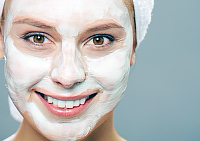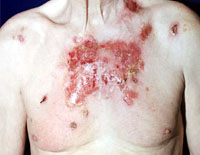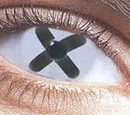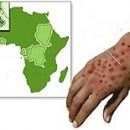Acne on the face and methods of combating them, types of acne and their impact methods.
Content
 In most cases, acne on the face appear in adolescent (puberty), when constant hormonal changes and bursts occur in the body. But it does not bypass this problem and adults: during pregnancy, lactation or diseases associated with hormonal disorders, acne on the face can return and deliver a lot of trouble.
In most cases, acne on the face appear in adolescent (puberty), when constant hormonal changes and bursts occur in the body. But it does not bypass this problem and adults: during pregnancy, lactation or diseases associated with hormonal disorders, acne on the face can return and deliver a lot of trouble.
Modern medicine and cosmetology offer the widest choice of means to combat acne at any age. How not to get lost in this manifold and choose a suitable drug?
Types of acne
All means for treating acne on the face are divided into several categories that differ in the type of exposure and the main active substance:
- retinoids (external and internal);
- antibacterial faces;
- salicylic acid;
- Azelain acid;
- antibiotics;
- zinc;
- Hormonal agents.
They can be both the main in the preparation of the skin and apply as an additional component in cosmetics for everyday care and treatment of acne.
Acne
 All means for dealing with acne on the face have a narrow-controlled effect, so when choosing an effective composition, it is necessary to find out the reason for the appearance of rashes. To combat them, drugs are used:
All means for dealing with acne on the face have a narrow-controlled effect, so when choosing an effective composition, it is necessary to find out the reason for the appearance of rashes. To combat them, drugs are used:
- destroying bacteria;
- Cleansing and tousing pores;
- weakening secretion of the sebaceous glands;
- Drinking.
So, for oily skin it is useless to use funds that destroy bacteria, and for the treatment of infectious rashes, drugs are not suitable for narrowing.
The side effects of any medication or cosmetics to deal with acne are roughly similar: dry skin on the face, a feeling of burning and itching, peeling. The degree of severity depends on the degree of hardness.
Acne folk remedies
Folk Medicine offers a wide range of lotions and masks to combat acne on face. The majority of them are the same mechanisms as in industrial treatment facilities. Folk recipes allow you to disinfect, dry, reduce inflammation, narrow the pores and additionally moisten the skin. According to the degree of efficiency, they are hard to compare with industrial — Each patient individual. At the same time, the folk compositions are less likely caused allergic reactions, since they do not have auxiliary substances among the components.









